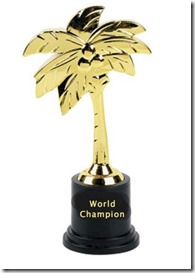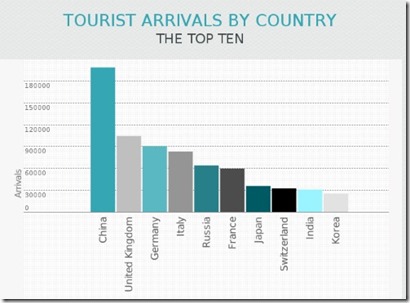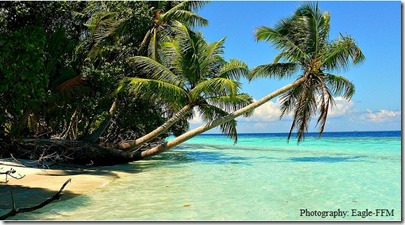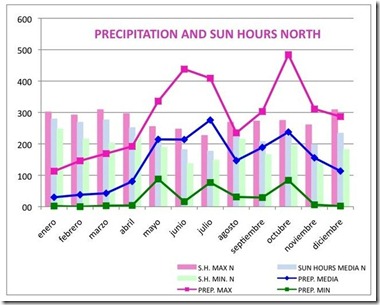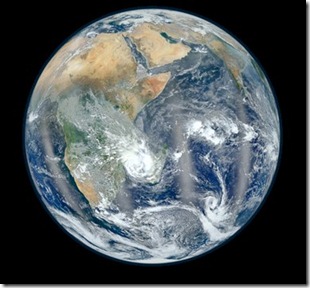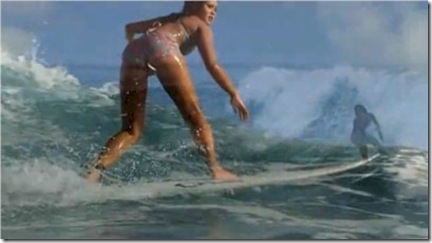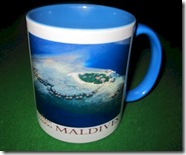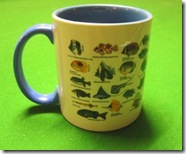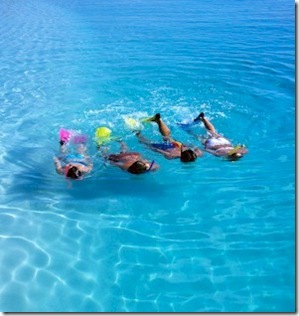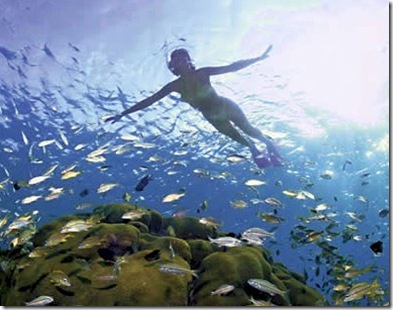An update to “Maldives, the Best Of” for Maldives National Day adds several new items. For a country so small, it sure commands a big number of superlatives. Not surprisingly, most concern its uncanny natural beauty and the throngs of visitors drawn to it from around the world (detail links in the title word of each bullet).
- Skinniest – Length to width that surpasses Chile.
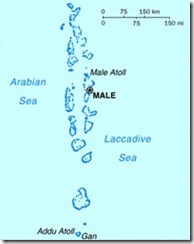
- Lowest Lying – Another topological distinction making the Maldives the poster child for the vulnerability of AOSIS (Alliance of Small Island States) to the rising seas of global warming.
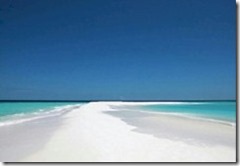
- Best Snorkeling – Simply. The best. In the world. A side effect of being just the right elevation (islands in the South Pacific “tower” much higher at hundreds of feet, and a place like Australia’s Great Barrier Reef is most submerged leaving fewer islands and shallow lagoons).
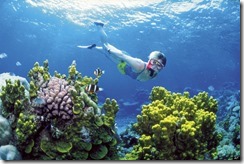
- Largest Snorkeling – If you are not convinced about it being the best, at least the Guinness Book of World Records has validated that their Baani Event in the Villingilifaru Finolhu area was the biggest ever in the world.
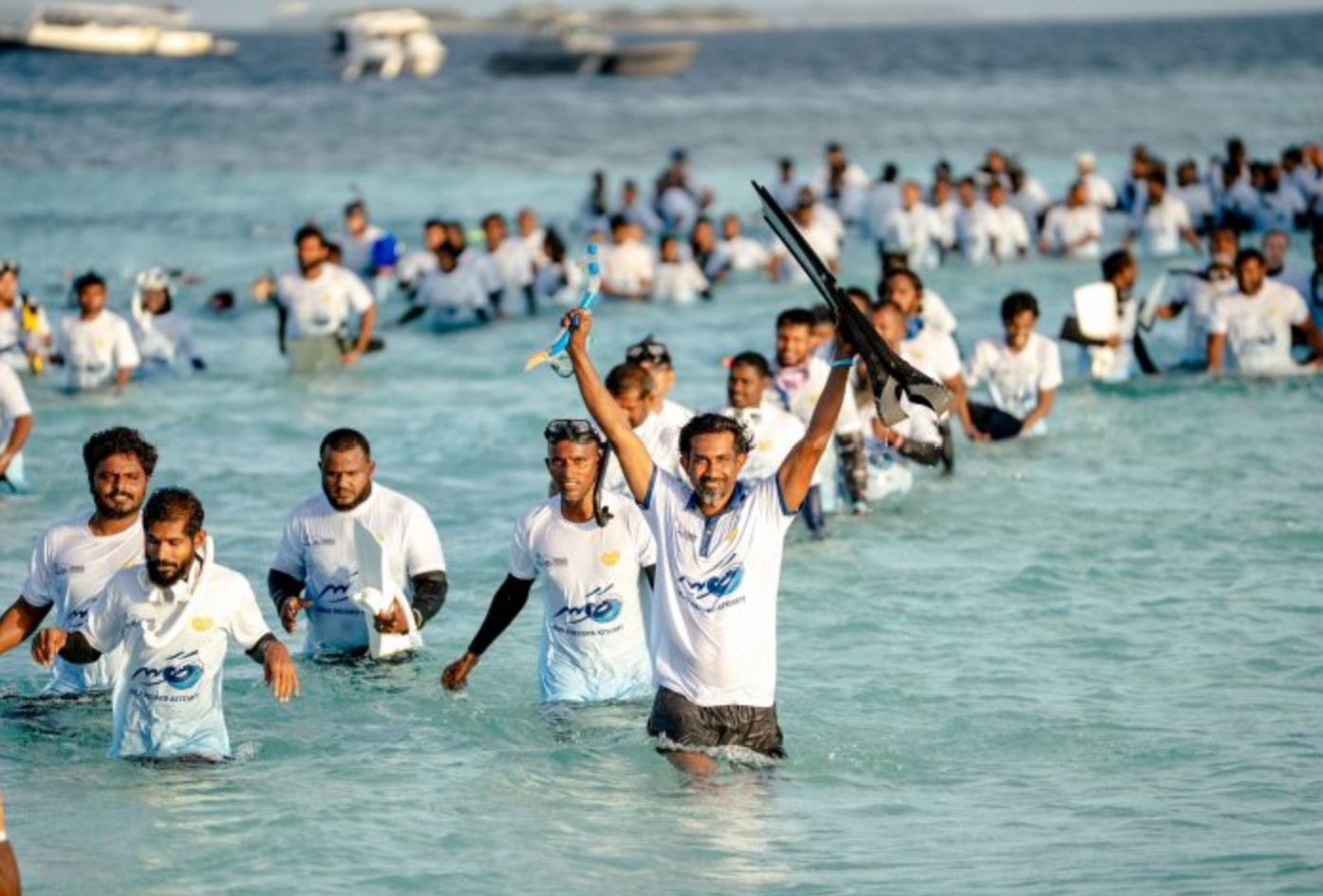
- Traffic Safety – As chaotic as Male traffic might seem, you are safer than you think (but I would still cross carefully).
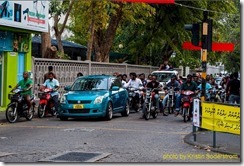
- Divorce – It takes more than enchanting paradise to secure lifelong romance. The country renowned as the top honeymoon destination just happens to also have the highest divorce rate in the world.
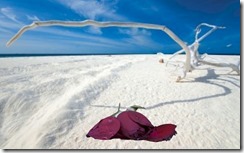
- Resort Density – Many popular destinations offer hundreds of resorts and tourism is the leading contributor to their GDP, but none more so than the Maldives.
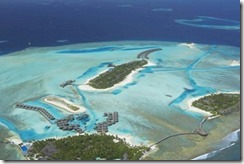
- Airport Density – And along similar lines to #6, despite being the 8th smallest country in the world, the Maldives has 10 airports. An airport every 30 kilometres.
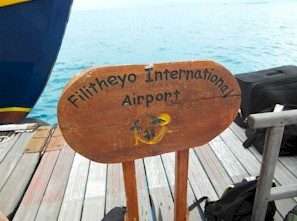
- Plastic Water Bottle Refuse Density – And a more dubious density distinction of the most plastic water bottles discarded into the ocean.
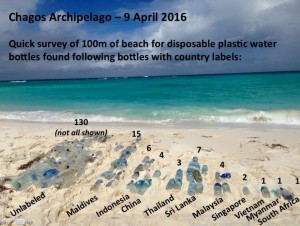
- Water Villas – Water Villas originated in the South Pacific resorts of Bali (where local maritime culture had had villas on stilts for centuries, but the Maldives has taken them to a whole new dimension.
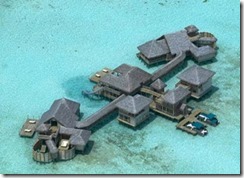
- Hotels – USA Today reports this week, “The island chain in the north Indian Ocean is *the* place to be. That’s according to TripAdvisor. The site ranked the Top 25 Hotels in the World and 3 are in the Maldives. The only country with more than 2 hotels on the list. Including #1, Gili Lankanfushi.” Also includes Cocoa Island #6 and Constance Moofushi #15 (thanks Mom).
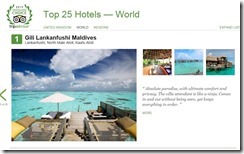
- Beaches – The Destination Satisfaction Index (DSI) developed by Norstat and dp2research found “Maldives comes out, less surprisingly, on top worldwide with a segment score of 9.5 in the ‘beaches’ category.” Recently reinforced by the World Tourism Awards which crowned the Maldives the “World’s Best Beach Destination“.
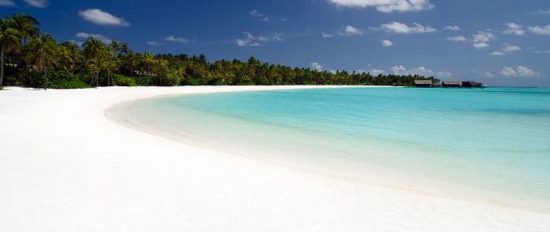
- Safety – The same Norstat/dp2reseach found Maldives ‘safely’ on top of the worldwide list in the category of…safety: “Safety wise, no other destination of the world came close to Maldives which held an index value of 9.4 while the closest European destination was Austria with a score of 8.9 and similarly Maldives landed top spot in accommodation with an index score of 9.4 once again.”
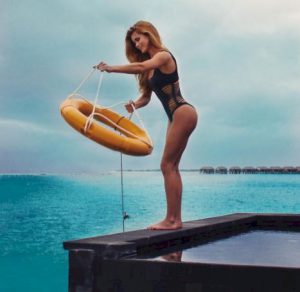
- Warm Water Skate Park Surfing –The Maldives has become one of the top surf destinations in the world. Especially with the change in the style of surfing from conquering monster waves to performing tricks. The latter requires long gradual breaks, not sharp dramatic ones. Like Hudhuranfushis distinction as the longest left-handed surf break in the world. Surfline attests “Perhaps the best warm-water skatepark in the world is the Maldives — all fun, very little fear. And what the atolls lack in death-defying barrels they more than make up for in sheer, easy-to-rip walls. The kind of waves that make you feel like a better surfer.”
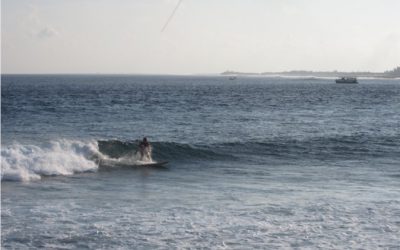
- Oldest Seawater –The Maldives doesn’t just have the most seawater proportionately of any country, it also has the oldest. That’s according to a study by University of Chicago’s Dr. Clara Blättler who studies limestone deposits that form in the Maldives as part of the Expedition 259 of the International Ocean Discovery Program. She remarked, “from all indications, it looks pretty clear we now have an actual piece of this 20,000 year-old ocean.“

Image credit: Jean Lechat - Tourism Dependency –Perhaps not surprising for a country that also includes “Beaches”, “Hotels”, “Resort Density” and “Airport Density” in its world leading boasts, the Maldives gets 41.5% of its GDP from the tourism industry (I know that the reference puts Macau just above it, but I am dismissing that as a bit of a geo-political anomaly which is barely a country, but just a sovereignty anointed city that is well and truly part of China).

- Googled Destination –Looking for a trip to the Maldives? Well, you and the rest of the digiverse as “Maldives” was the most Googled destination in 2019.

- Pandemic Hardship –Of all the many industries hit worldwide by the COVI19 pandemic, tourism has been one of the hardest with people barely leaving their houses much less their countries. The Maldives responded relatively quickly to cases that arrived on their shores and their incidence of the disease has been relatively low. In fact, they aspire to be the first COVID19 free country in Asia (Maldives Tourism Minister Ali Waheed announced “With in the next three months, the Maldives will become the first COVID-19 free country in the Asia region hopefully. We are conducting surveys to begin safe tourism when we reach that road.”). But with tourism such large part of their economy, a World Bank study showed that the country has been economically than any other country in the world.

- Microplastic Pollution – Australia’s Flinders University named Maldives to be one of the countries most polluted by microplastics, on the planet. “Microplastics refer to plastic particles measuring less than five millimetres and are now globally recognized as a pollutant of increasing concern. The research, published in the peer-reviewed journal ‘Science of the Total Environment’, stated that microplastics were found across all 22 sampling sites off the coast and on Naifaru, Lhaviyani Atoll.” In fairness, without getting into too much apologia, when you are country that is 99% ocean, then the ocean is going to get a disproportionate share of your environmental problems.
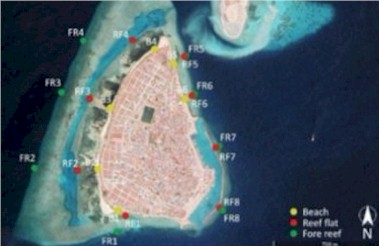
- Frequent Visitor Programme – Frequent Traveller programmes are bread and butter for the travel industry – airlines, hotels, car hire, etc. But the country of the Maldives has pioneered the first ever “destination” loyalty programme, “Maldives Border Miles”, with benefits and tiers and most of the other components of industry versions.

- Single Use Plastic Ban –Maldives became the first country to ban single-use plastics: “President Ibrahim Mohamed Solih, on Tuesday, ratified the 18th amendment to Maldives’ Export-Import Act (No. 31/79), which under Section 7, bans the import of all products declared as ‘single-use’ plastics.”

- Floating City – Maldives announced its plans with Dutch Docklands to develop the world’s first “floating city.”
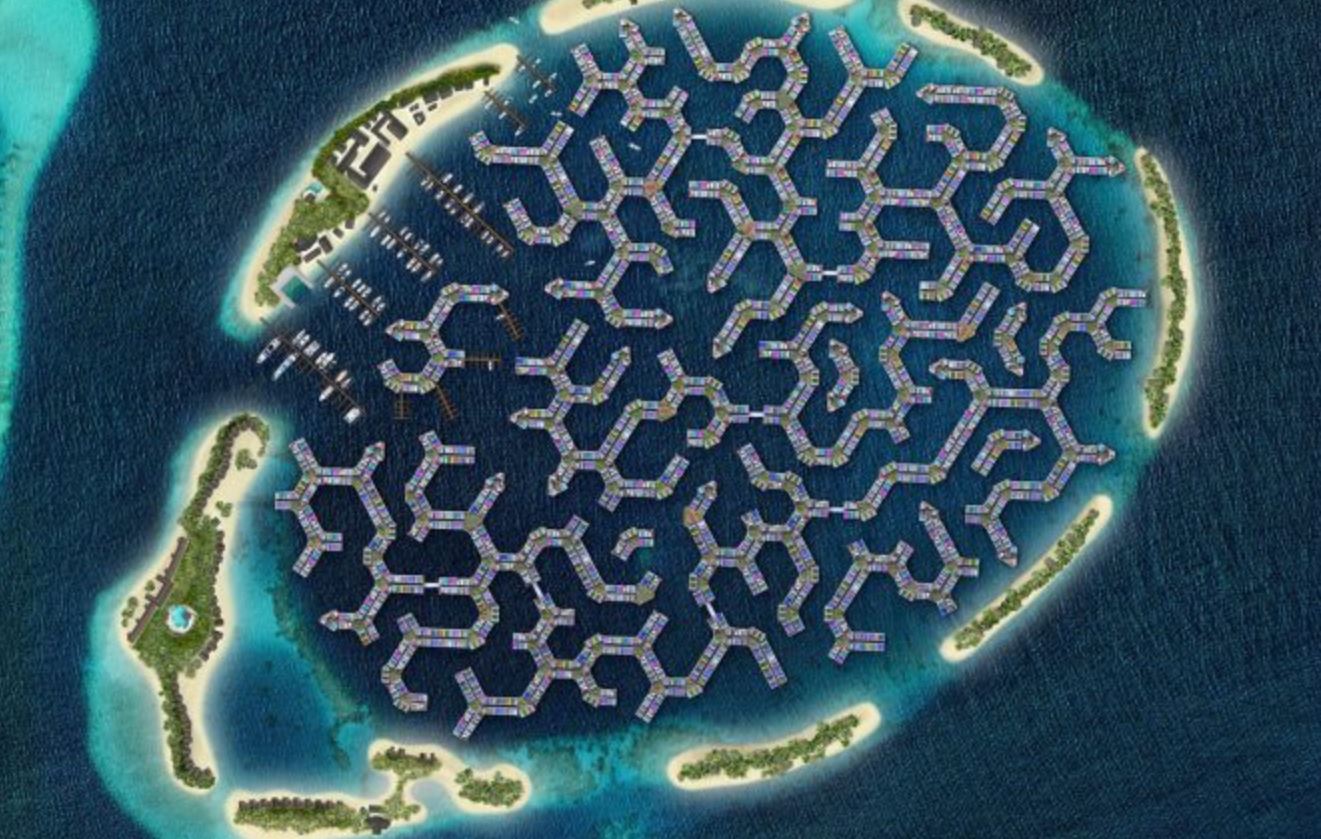
- Lowest Gravity – When Lori and I are feeling a bit weary, we will often quip that the gravity must be especially strong where we are sitting. Well, if there is any basis in scientific fact to such an effect, then you will feel the lightest on your feet in the Maldives compared to anywhere else in the world according to NASA satellite images.
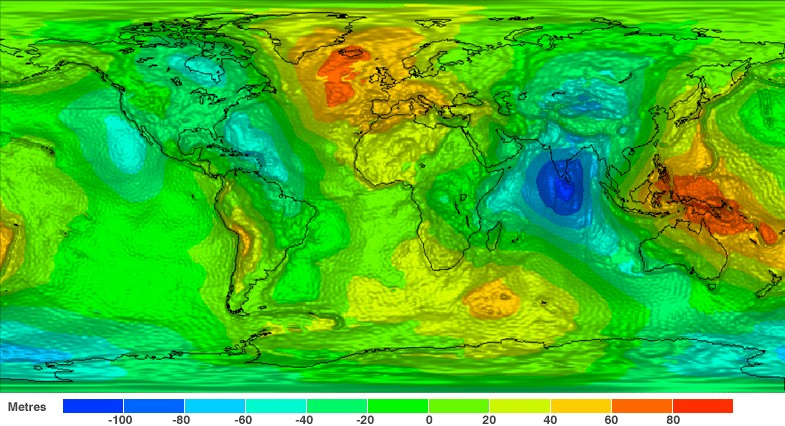
- Most Welcoming – Never mind that it is a 23 (!) way tie for first, a win is a win. Maldives joined quite a few other countries to top Arton Capital’ Welcoming Countries Rank based primarily on flexible and easy visa requirements.
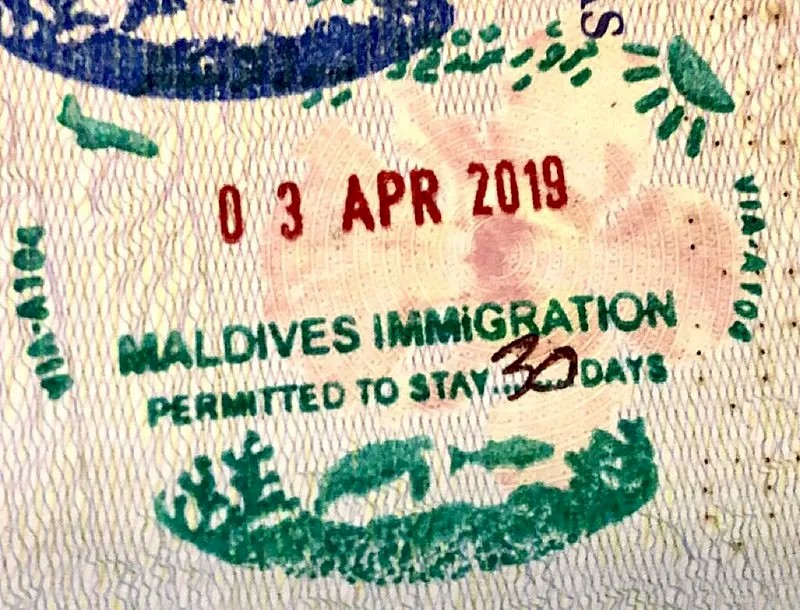
- Most Popular Destination – The findings of IPK International’s newest World Travel Monitor on global outbound travel trends in 2022 showed that Maldives was the most popular travel destination in 2022.
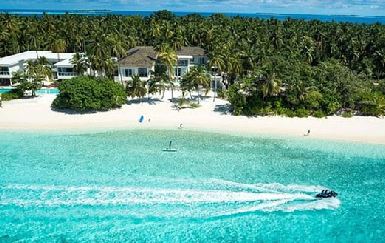
- Unique Marine Life – Not the only place in the world with unique marine life, but DNA India assembled a collection of distinctive species that only the Maldives can boast – Maldivian Sponge Snail, Maldivian Emperor Angelfish, Maldivian Clownfish, Maldivian Sea Fan, Maldivian Sea Cucumber, Maldivian Manta Ray, Maldivian Pipe Ghostfish.
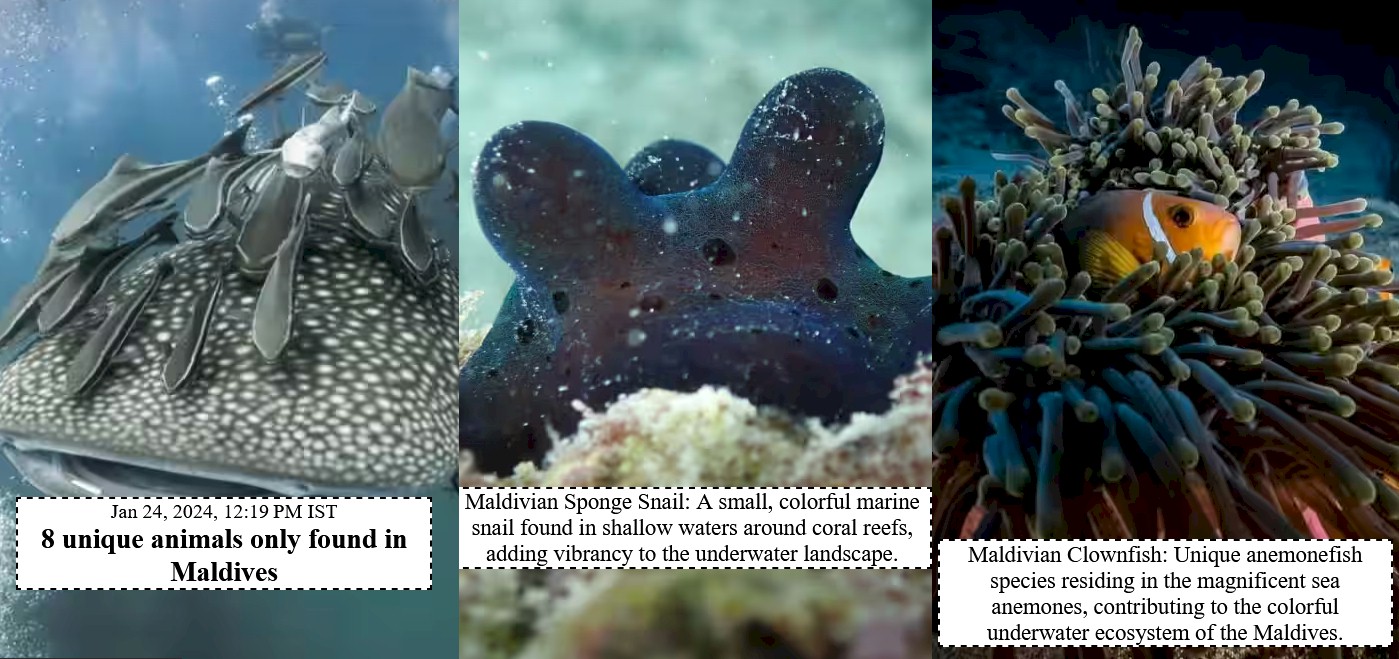
- Sunsets – “Australian technology retailer Becextech searched for the best sunset locations on Earth. ‘Golden Hour’ acquires more than 336,000 monthly searches globally, revealing a worldwide interest in capturing the perfect ‘golden hour’ moment,’ the team wrote. To find out [the best sunset], it analyzed the number of Pinterest locations, reactions, and re-pins for sunset and sunrise pictures across the globe to create a list of the 10 best spots. After doing all that digging, it named the Maldives the No. 1 sunset location.”
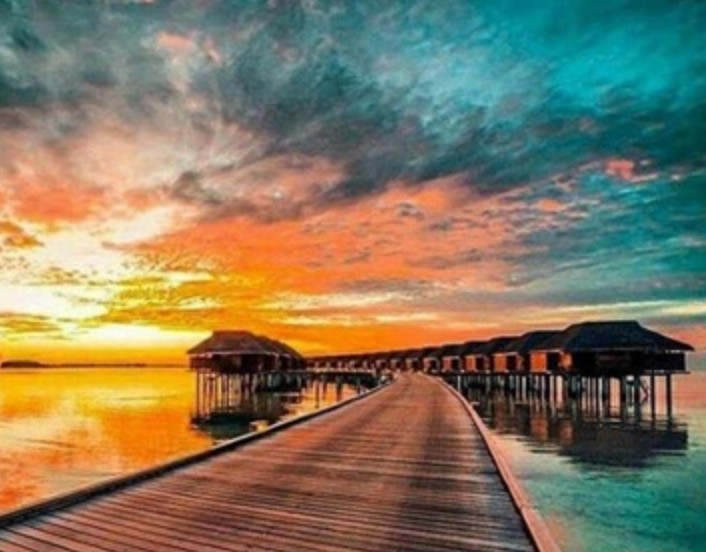
- Best Islands – According to a survey by Travel Trade magazine, “The Maldives has claimed the top spot in Travel+Leisure’s 2024 World’s Best Awards survey, ranking first among the 25 Best Islands to Visit Around the World. The archipelago achieved an impressive reader score of 95.63…This year, over 186,000 readers participated, casting more than 700,000 votes across 8,700 properties. The islands were rated based on several criteria: natural attractions/beaches, activities/sights, restaurants/food, people/friendliness, value.”
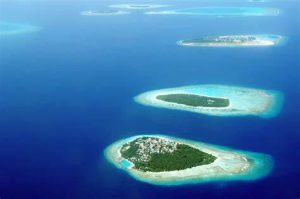
- Motorbike/scooter Concentration – When I asked Copilot which capital city had the most motorbikes per square foot, it came back with Bangkok which has 2.2 million motorbikes in a square are of 1570 square kilometres for a total of 1401 per/sq-km. By comparison, Male has 68,000 registered motorbikes and scooters in its 2.24 sq/km for a concentration of 30,357 per square kilometre.”
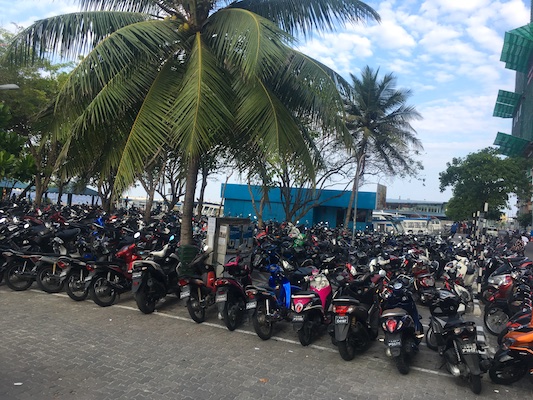
- Largest Seaplane Operation – With 61 seaplanes at Trans Maldivian Airways (TMA) alone (itself the largest single seaplane operator in the world), the Maldives is the biggest operator of seaplanes in the world.
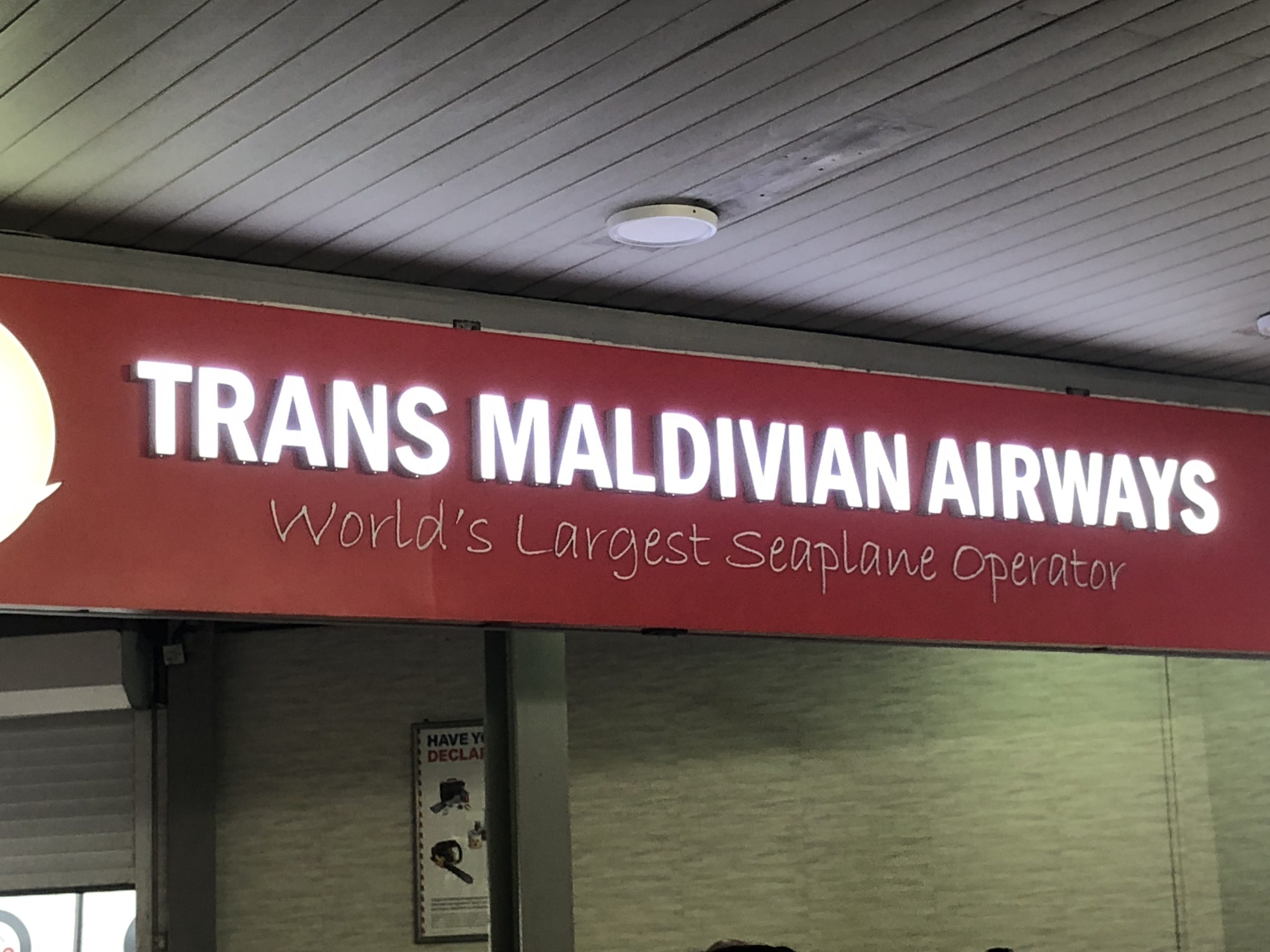
- Mother-Child Transmission Triple Elimination – The rise of the Maldives’ tourism industry has brought resources to the country to improve the standard of living which starts with child health. A recent report highlights a distinctive milestone that the “World Health Organization (WHO) has validated the Maldives for eliminating mother-to-child transmission (EMTCT) of hepatitis B, while maintaining its earlier validation (in 2019) for EMTCT of HIV and syphilis. This makes the Maldives the first country in the world to achieve ‘triple elimination’. ”
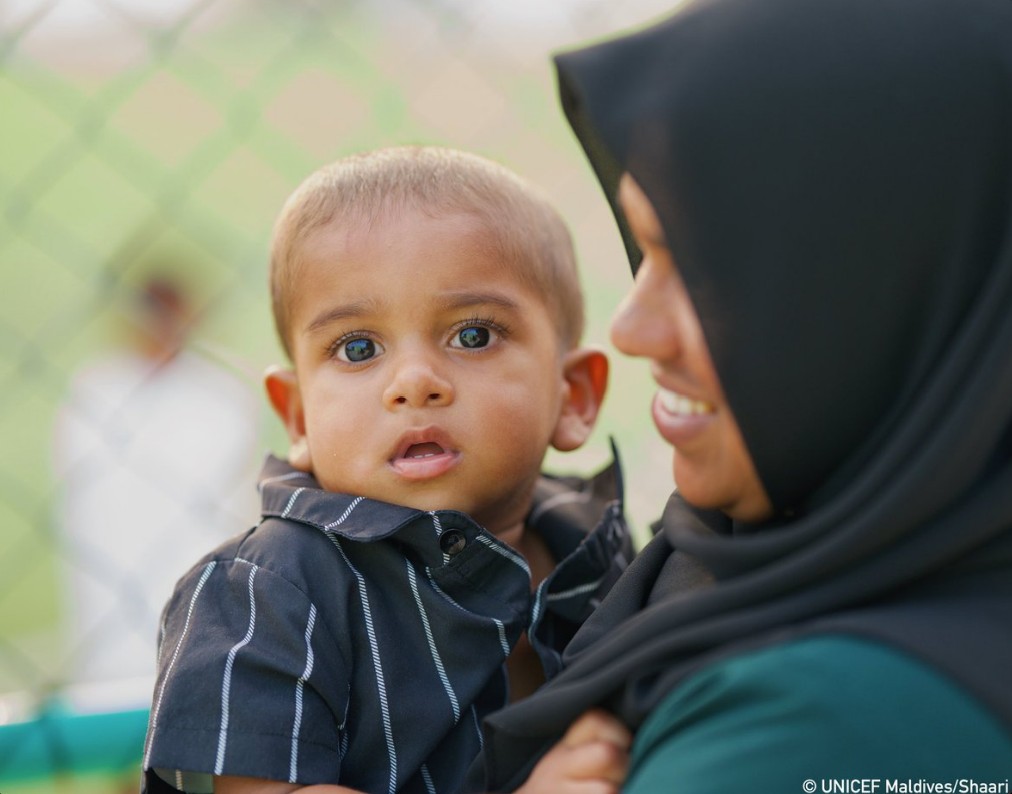
- Generational Smoking Ban – In an effort to eradicate the health issues with smoking, the Health Ministry “bans anyone born after 1 January 2007 from buying or using tobacco in order to ‘promote a tobacco-free generation’.” The country already has strict consumption prohibitions (eg. pork, alcohol) and the ban, like these existing rules, do not extend to guests at dedicated resort islands.


